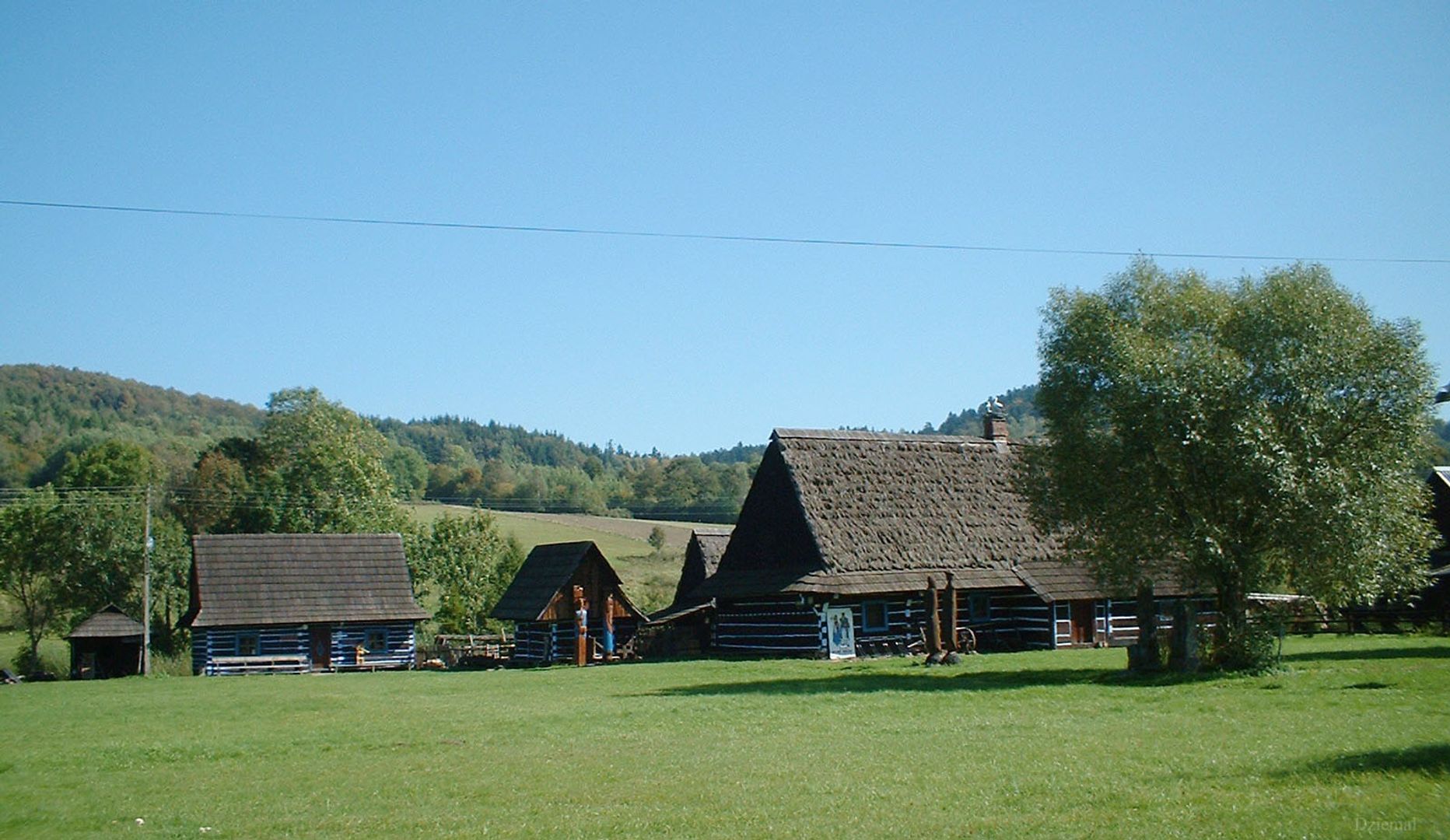Zyndranowa
6

Overview
Zyndranowa is a village in the Podkarpackie Voivodeship, located in the heart of the Low Beskids, right next to the Dukla Pass, with the picturesque hills of Kiczera Telepkowa and Gablacka and a series of mountain peaks. The history of the village dates back to the 14th century, and its name probably derives from a German word meaning "mine," which may refer to historical iron ore mines. Zyndranowa was once a particularly important center of Lemko culture. The villagers have preserved Lemko traditions and attachment to their language and folklore, including unique carols. The oldest Greek Catholic church, built in 1897, was an architectural reference to the Hutsul style, but unfortunately, it was destroyed in the 1960s. After the war, in 1985, a new Orthodox church of St. Nicholas was built, the first of its kind in the Lemko region after World War II. The village also leads in the religious aspect, being the seat of Greek Catholic and Orthodox parishes, as well as having smaller communities, such as Jehovah's Witnesses. Zyndranowa, destroyed during both world wars, lost a significant part of its population, especially after the displacements of the "Vistula" operation. The modern village consists of 30 houses, but the historical character of the place and rich cultural heritage are preserved. The main tourist attraction is the Open-Air Museum of Lemko Culture, which contains ethnographic exhibits and militaria related to the Battle of the Dukla Pass. Zyndranowa is an ideal place for tourists who can use various hiking trails leading to Slovakia and other nearby attractions, such as the Hermitage of St. John of Dukla. The village is also known for its tent base and student hostel, which attracts young people. It is also worth mentioning that Zyndranowa, due to its unique traditions, is considered the capital of eastern Lemkivshchyna, making it a fascinating place for those interested in the culture and history of the region.
Location
You can also find here:
2025 Wizytor | All Rights Reserved
